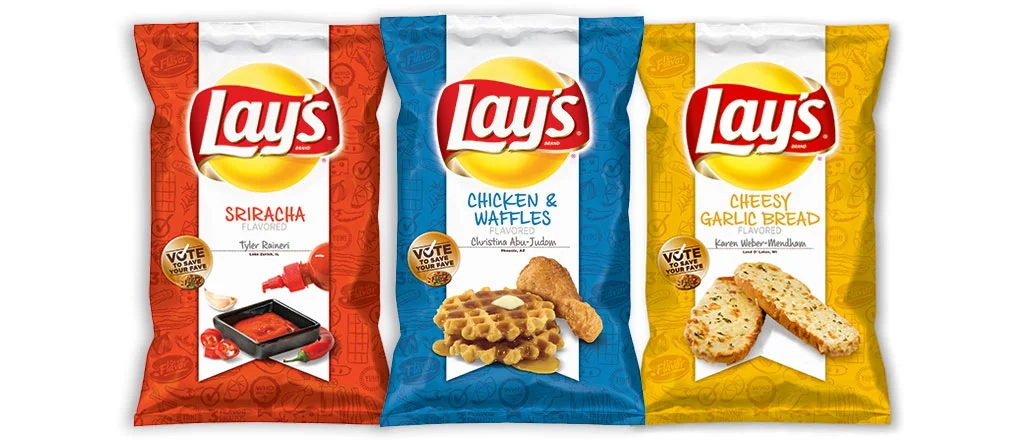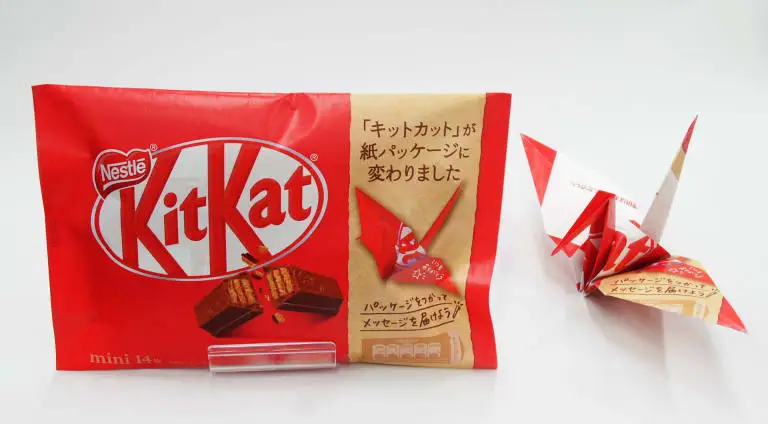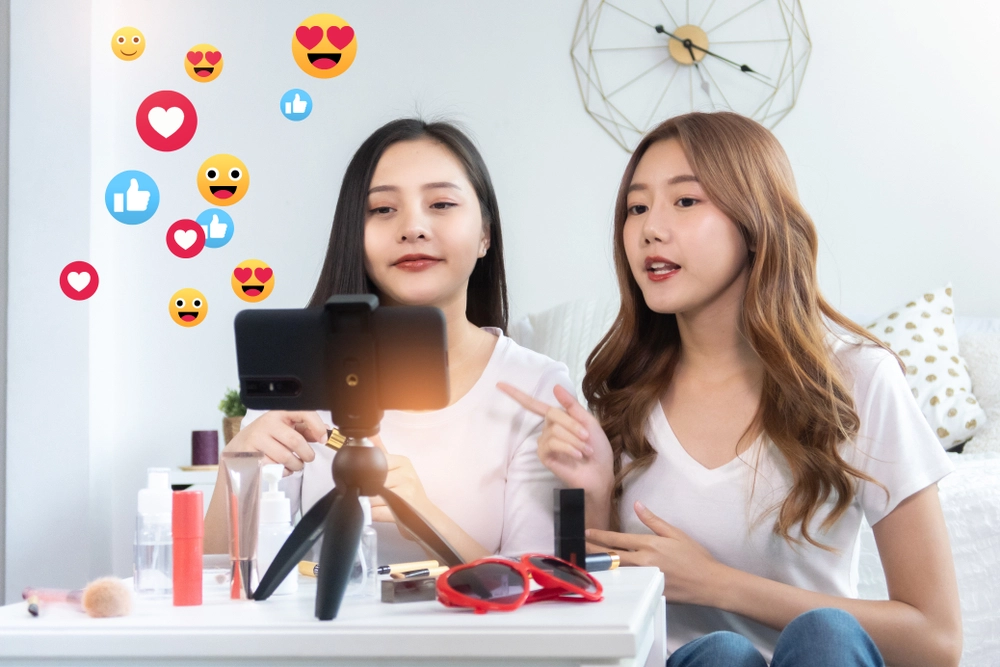Product Packaging Virality: Viral Marketing Examples in Packaging
In today’s hyper-competitive marketplace, businesses are continuously searching for innovative ways to stand out from competition and make their brand known. One technique that has gained popularity in recent years is viral marketing, which leverages social media and other digital platforms to spread information about a product or service through word-of-mouth.
When applied to product packaging, viral marketing can create buzz and generate interest in a product, leading to increased sales and brand awareness. This article will explain what viral marketing is, provide examples of how it has been successfully used in product packaging, and tips on achieving product packaging virality.
What is Viral Marketing?
Viral marketing utilizes social media and other digital platforms to spread information about a product or service through word-of-mouth. The goal is to create buzz around the product or service and encourage people to share information about it with their networks. Viral marketing campaigns can take many forms, such as videos, hashtags, and contests. However, the key is that they are designed to be easily shareable and create engagement with the target audience.
Viral Marketing Examples in Packaging
When applied to product packaging, viral marketing can be a powerful tool to increase brand visibility and generate interest in a product. Here are some examples of successful viral marketing campaigns in packaging throughout the years:
1. Coca-Cola’s “Share a Coke” campaign

Coca-Cola launched its Share a Coke campaign in 2011, featuring personalized bottles and cans with popular first names on the product labels. The campaign was a huge success, generating over 18 million media impressions and a 7% increase in sales in the first year alone. The packaging created a sense of exclusivity and encouraged customers to share their personalized bottles with others online.
2. Lay’s “Do Us a Flavor” campaign

Lay’s launched its Do Us a Flavor campaign and invited customers to submit their ideas for new potato chip flavors. The winning flavors were then produced and sold in stores. The campaign generated over 3.8 million submissions and a 12% increase in sales in the first year. Similar to Coca-Cola’s campaign, the customers’ personalized packaging and involvement in the packaging development process created a sense of ownership and brand loyalty.
3. KitKat’s origami packaging
Nestlé Japan released a new packaging design for its KitKat chocolate bars, now wrapped in origami paper instead of plastic. With the packaging made from eco-friendly matte paper, Nestlé expects to cut down on around 380 tons of plastic annually.

Providing innovative ideas such as origami packaging allows consumers to enjoy the waste reduction process and could allow for collective action towards a waste-free future. Although efforts are still at an early stage, this campaign can raise awareness among KitKat consumers within and outside of Japan.
4. Amazon’s “Frustration-Free Packaging”
Amazon’s frustration-free packaging is an example of a packaging design that went viral because of its ease of use and environmental impact. Unlike traditional packaging, the packaging program is designed for e-commerce shipping: it protects the product, but the packaging is simple and easy to open. This eliminates the need for excessive packaging and reduces waste. The program has grown popular among customers, generating positive feedback and attention.
5. Loot Crate’s subscription packaging

Loot Crate’s fan-targeted subscription boxes are designed to be interactive and customized for the month’s theme. They also include instructions on how to get the perfect unboxing experience, with suggestions to take photos and share them online.
From 2012 to 2014, the company gained 200,000 subscribers for their $20 monthly shipments of collectibles and apparel. Loot Crate also won first place on the Inc. 5000 list of America’s fastest-growing private companies in 2016. Apart from subscriptions related to video games, comics, and pop culture, the company launched packages aimed at various markets from pet owners, wrestling fans, and Harry Potter readers.
How to Make Packaging Go Viral
Creating packaging that can go viral requires a combination of creativity, uniqueness, and customer engagement. Here are some tips for achieving product packaging virality:
1. Personalization
Creating personalized packaging can create exclusivity and encourage customers to share their experiences online. Personalization can come in many forms, including a customer’s name on the packaging or allowing customers to customize the product themselves.
2. Novelty
Unique and eye-catching packaging designs can create a sense of novelty and encourage customers to share their experiences with others. Novelty can be achieved through innovative packaging materials, unusual shapes, or incorporating functionality into the packaging.
3. Customer engagement
Involving customers in the product development process or encouraging them to share their experience with the product can create a sense of ownership and loyalty, leading to a viral marketing effect. Engage your customers through surveys, social media campaigns, or contests.
4. Eco-friendliness
Creating sustainable packaging can generate positive social media buzz and media attention. Eco-friendly packaging can come in many forms, such as using recycled materials, eliminating excess packaging, or creating reusable or biodegradable packaging.
The Viral Potential of Packaging
Viral marketing can be a powerful tool for businesses to increase brand visibility and generate interest in a product. When applied to packaging, viral marketing can encourage customers to share positive experiences, leading to increased sales and brand awareness. By incorporating personalization, novelty, customer engagement, and eco-friendliness into packaging design, businesses can increase their chances of achieving product packaging virality.
Ready to create packaging that goes viral and drives sales? Discover how Meyers can help you unlock the potential of viral marketing for your brand. Talk to Meyers experts to explore effective packaging designs and printing services.

